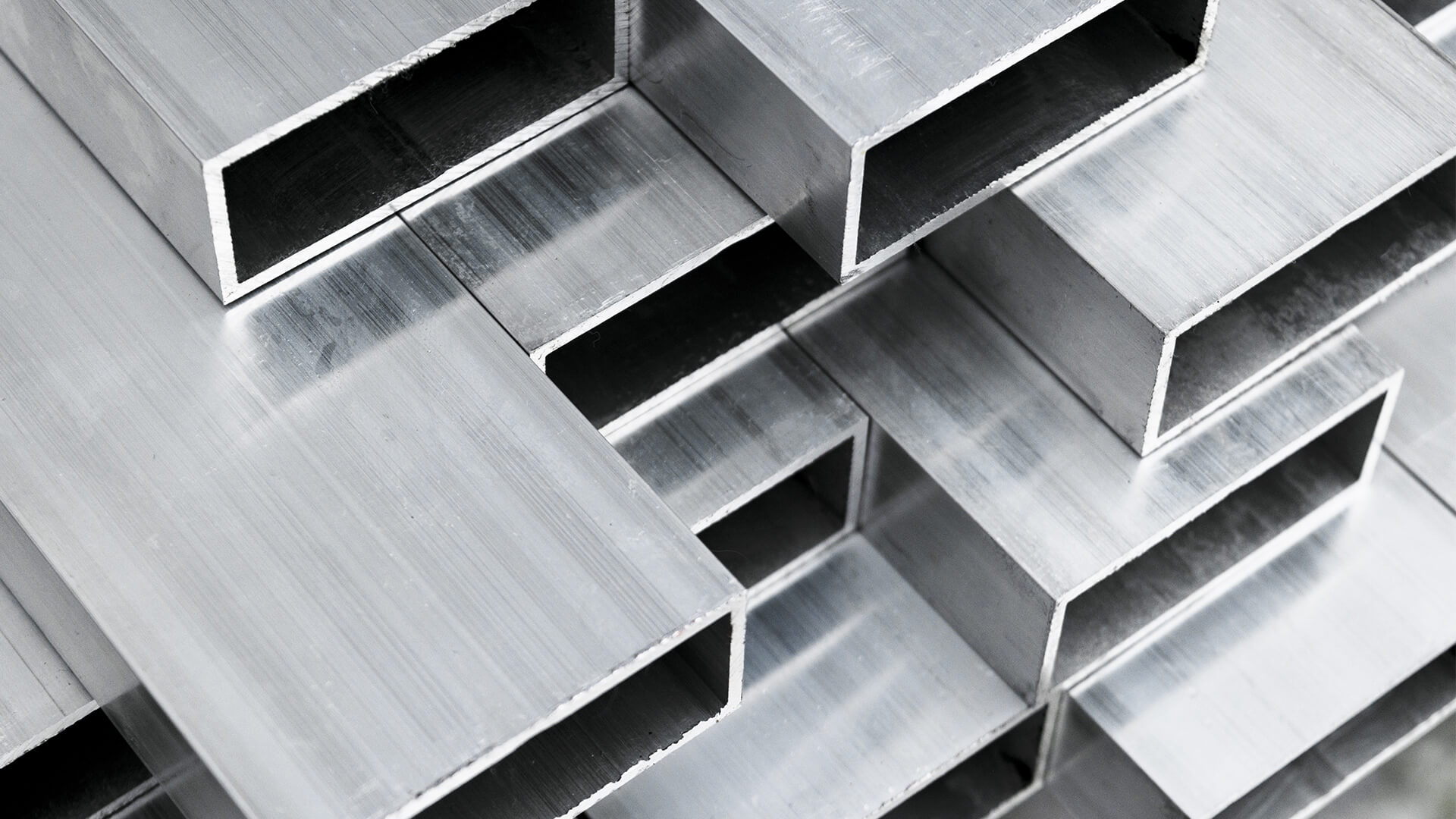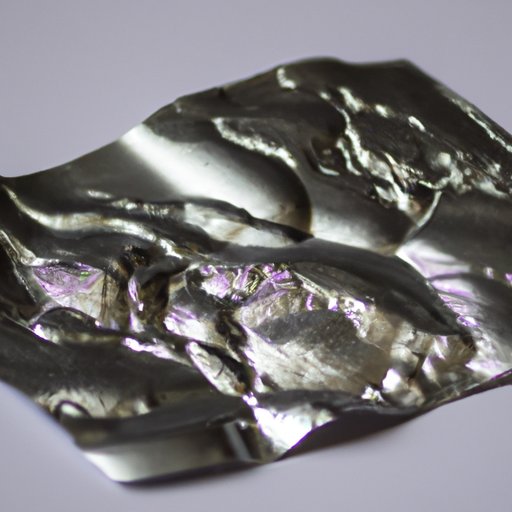Aluminum Flatbeds For Pickup Trucks: The Ultimate Guide to Enhancing Your Rig pickup.truckstrend.com
Introduction: Redefining Truck Utility with Aluminum Flatbeds
For pickup truck owners, the bed is more than just a cargo space; it’s a versatile tool that defines the truck’s utility. While traditional steel beds have long been the standard, a growing number of enthusiasts and professionals are discovering the transformative power of aluminum flatbeds for pickup trucks. These innovative bed replacements offer a superior blend of strength, lightweight design, and unparalleled versatility, fundamentally changing how a truck can be used for work, recreation, or everyday tasks. From boosting payload capacity and improving fuel efficiency to offering limitless customization options, an aluminum flatbed is more than just an upgrade – it’s an investment in a more capable, durable, and efficient vehicle. This comprehensive guide will delve into every aspect of aluminum flatbeds, helping you understand their benefits, navigate the purchasing process, and make the most of this remarkable truck enhancement.
Aluminum Flatbeds For Pickup Trucks: The Ultimate Guide to Enhancing Your Rig
The Unmatched Advantages of Aluminum Flatbeds
Opting for an aluminum flatbed over a traditional steel bed or even another material brings a host of compelling benefits that directly impact your truck’s performance, longevity, and operational costs.
1. Superior Lightweight Design for Enhanced Performance
Aluminum is significantly lighter than steel, often by 30-50%. This weight reduction translates directly into:
- Increased Payload Capacity: Less bed weight means more available capacity for your cargo, tools, or equipment without exceeding your truck’s Gross Vehicle Weight Rating (GVWR).
- Improved Fuel Efficiency: A lighter truck requires less energy to move, leading to noticeable savings at the pump over time.
- Better Handling and Braking: Reduced overall weight can contribute to more responsive handling and shorter braking distances, especially when unloaded.
- Reduced Wear and Tear: Less strain on suspension, tires, and brakes, potentially extending the lifespan of these components.

2. Exceptional Durability and Corrosion Resistance
Unlike steel, aluminum does not rust. While it can oxidize, forming a protective layer, it won’t suffer the deep, structural corrosion that plagues steel, especially in areas exposed to road salt, moisture, or harsh chemicals. This inherent resistance to rust ensures:
- Longer Lifespan: An aluminum flatbed can outlast the truck it’s installed on, making it a truly long-term investment.
- Lower Maintenance: Less need for rust repair, painting, or extensive protective coatings.
- Maintained Aesthetics: Your flatbed will retain its clean, professional look for years without the unsightly blotches of rust.

3. Unparalleled Versatility and Customization Potential

The flat, open design of an aluminum bed provides a blank canvas for customization.
- Easy Loading: No wheel wells to obstruct large items. You can load from the sides, rear, or even overhead with a forklift.
- Flexible Tie-Down Options: Abundant anchor points, stake pockets, and rail systems allow for secure strapping of diverse loads.
- Integrated Storage Solutions: Many flatbeds come with, or can be easily fitted with, integrated toolboxes, under-body boxes, and custom compartments.
- Accessory Integration: Seamless integration of ladder racks, crane mounts, fuel tanks, service bodies, and more.
4. Aesthetic Appeal and Professional Image
The clean lines and often polished finish of an aluminum flatbed provide a sleek, modern, and professional look that can enhance your truck’s appearance, whether it’s a work vehicle or a personal rig.
5. Potential for Higher Resale Value
A well-maintained aluminum flatbed can add significant value to your truck, appealing to buyers looking for a durable, versatile, and rust-free utility vehicle.
Types and Configurations of Aluminum Flatbeds
Aluminum flatbeds come in various designs and can be equipped with numerous features to suit specific needs.
- Standard Flatbeds: These are basic flat platforms designed to replace the factory pickup bed. They typically include a headache rack and basic lighting.
- Cab-and-Chassis Flatbeds: Designed for trucks built as "cab-and-chassis" models (without a factory bed), these flatbeds are often more robust and customizable for commercial applications.
- Integrated Storage Flatbeds: Many designs incorporate underbody toolboxes, top-mounted boxes, or full-width drawer systems, offering secure and organized storage for tools and equipment.
- Gooseneck/Fifth-Wheel Prep Flatbeds: For heavy-duty towing, these flatbeds come pre-drilled or reinforced to accommodate gooseneck hitches or fifth-wheel setups.
- Removable Side Flatbeds (Stake Beds): Featuring stake pockets along the perimeter, these allow for the addition of removable sides (wood, aluminum, or steel) to contain loose cargo, offering the versatility of a traditional bed when needed.
- Service/Utility Flatbeds: These combine the flatbed design with integrated service body compartments, offering a hybrid solution for tradespeople needing both open space and organized storage.
- Specialty Flatbeds: Custom designs for specific applications, such as hauling ATVs, UTVs, or specialized equipment, often featuring ramps, winches, or unique tie-down systems.
Key Considerations Before Purchasing
Choosing the right aluminum flatbed requires careful planning to ensure it perfectly matches your truck and intended use.
1. Truck Compatibility and Fit
- Make, Model, Year: Flatbeds are designed for specific truck models and cab-to-axle measurements (CA). Ensure the flatbed’s dimensions (length, width) align with your truck’s frame.
- Wheelbase and Cab-to-Axle (CA) Measurement: Crucial for proper weight distribution and aesthetics.
- Gross Vehicle Weight Rating (GVWR): Understand your truck’s maximum weight capacity, including the flatbed and your payload. The lightweight nature of aluminum helps maximize this.
2. Intended Use and Functionality
- Primary Purpose: Will it be used for heavy hauling, recreational activities (e.g., camping, ATVs), landscaping, construction, or general utility?
- Cargo Type: What kind of items will you primarily be carrying? This dictates the need for stake pockets, tie-down points, and storage.
- Towing Needs: If you plan to tow heavy trailers, ensure the flatbed has adequate gooseneck/fifth-wheel prep and structural integrity.
3. Budget and Features
Aluminum flatbeds generally have a higher upfront cost than steel, but their long-term benefits often outweigh this.
- Base Model vs. Fully Loaded: Decide which features are essential (headache rack, lighting) and which are desirable add-ons (toolboxes, ramps, special coatings).
- Brand Reputation and Warranty: Research manufacturers known for quality and good customer service. A solid warranty provides peace of mind.
4. Installation: DIY vs. Professional
- DIY Potential: If you have mechanical skills, tools, and a few helpers, installing a flatbed can be a rewarding DIY project. Be prepared for electrical wiring and precise measurements.
- Professional Installation: For peace of mind, especially with complex wiring or if you lack experience, professional installation by a qualified shop is highly recommended. They ensure proper fit, wiring, and safety.
5. Accessories and Customization
Consider what accessories you might need now or in the future: underbody toolboxes, fuel tanks, ladder racks, removable sides, winches, or specialized lighting. Many flatbeds are designed to be highly modular and expandable.
The Installation Process: A Brief Overview
Installing an aluminum flatbed involves several critical steps, whether you do it yourself or hire a professional.
- Preparation: Safely remove the old pickup bed, disconnect all wiring, fuel filler, and tailgate mechanisms. Clean and inspect the truck’s frame.
- Mounting: Carefully lift and position the aluminum flatbed onto the truck’s frame rails. Ensure proper alignment and clearance. Secure the flatbed to the frame using heavy-duty bolts and mounting hardware provided by the manufacturer. Shims may be needed to ensure a level installation.
- Wiring: Connect the flatbed’s lighting system (tail lights, brake lights, turn signals, marker lights) to the truck’s electrical harness. This often involves splicing wires or using adapter kits. If your flatbed has a trailer plug, ensure it’s correctly wired.
- Fuel Filler Neck: Extend or re-route the truck’s fuel filler neck to align with the flatbed’s fuel cap opening.
- Final Checks: Double-check all bolts for tightness, verify all lights are functioning correctly, and ensure no wires are pinched or exposed. Test the flatbed with a light load before carrying heavy cargo.
Practical Advice: Always follow the manufacturer’s specific installation instructions. Have at least one helper for lifting and positioning. Disconnect the truck’s battery before starting any electrical work.
Maintenance and Care for Your Aluminum Flatbed
While aluminum is incredibly durable, a little care goes a long way in maintaining its appearance and extending its lifespan.
- Regular Cleaning: Wash your flatbed regularly with mild soap and water to remove dirt, grime, and road salt. This prevents surface oxidation and keeps it looking new.
- Inspect Fasteners: Periodically check all bolts, nuts, and welds for tightness and integrity, especially after heavy loads or off-road use.
- Address Minor Damage: Small scratches or scuffs can be polished out. Deeper gouges might require professional repair, especially if structural integrity is compromised.
- Winter Care: If you live in a region with snow and road salt, extra rinsing after exposure is beneficial to prevent salt buildup.
- Lubrication: If your flatbed has moving parts (e.g., drawer slides, ramp hinges), lubricate them regularly.
Potential Challenges and Solutions
While aluminum flatbeds offer numerous advantages, there are a few considerations:
- Higher Initial Cost: Aluminum is more expensive than steel.
- Solution: View it as a long-term investment. The savings in fuel, maintenance, and increased payload often offset the higher upfront cost over the lifespan of the truck.
- Flexibility and Resonance: Aluminum can be more flexible than steel, and some designs might experience minor vibrations or resonance.
- Solution: Choose a reputable manufacturer known for robust designs and proper frame mounting. Professional installation ensures adequate support and bracing.
- Repair Complexity: Welding aluminum requires specialized skills and equipment compared to steel.
- Solution: For significant damage, seek out experienced aluminum welders. Minor dents or scrapes are often cosmetic and don’t affect structural integrity.
Price Table: Estimated Costs for Aluminum Flatbeds
The cost of an aluminum flatbed varies significantly based on size, features, brand, and whether installation is included. The prices below are estimated ranges for the flatbed unit itself, excluding professional installation unless specified.
| Flatbed Type/Size | Key Features | Estimated Price Range (USD) | Notes |
|---|---|---|---|
| Basic Standard Flatbed | 7′ x 7′ to 8.5′ x 7′ (short/long bed replacement), Headache Rack, LED Lights | $3,500 – $6,500 | Ideal for general utility, farm, or recreational use. Simple design, good entry point. |
| Standard Flatbed w/ Storage | 8.5′ x 7′ to 9′ x 7.5′, Headache Rack, Integrated Underbody Toolboxes, LED Lights | $5,500 – $9,000 | Popular for tradesmen and contractors. Offers secure storage without sacrificing bed space. |
| Gooseneck/Fifth-Wheel Ready | 8.5′ x 8′ to 11′ x 8′, Headache Rack, Gooseneck Ball/5th Wheel Prep, LED Lights | $6,500 – $11,000 | Essential for heavy-duty towing. May include reinforced crossmembers. Often larger sizes for dually trucks. |
| Stake Bed Flatbed | 8.5′ x 7′ to 11′ x 8′, Headache Rack, Removable Aluminum Sides, LED Lights | $7,000 – $12,000 | Offers flexibility of an open flatbed or contained cargo. Sides can be easily added/removed. |
| Service/Utility Flatbed | 9′ x 8′ to 12′ x 8′, Integrated Service Compartments, Headache Rack, LED Lights | $10,000 – $20,000+ | Combines flatbed utility with organized storage of a service body. Highly specialized and often custom-built. |
| Professional Installation | Labor, electrical wiring, frame mounting, fuel filler relocation | $1,000 – $3,000+ | Varies based on complexity and shop rates. Crucial for safety and proper function. |
Note: These are general estimates. Prices can fluctuate due to material costs, specific features, brand, and regional differences. Always obtain detailed quotes from multiple suppliers.
Frequently Asked Questions (FAQ) About Aluminum Flatbeds
Q1: Are aluminum flatbeds stronger than steel flatbeds?
A1: Aluminum has a lower density than steel, but modern aluminum alloys used in flatbeds are incredibly strong for their weight. While steel generally has a higher tensile strength, aluminum’s advantage lies in its strength-to-weight ratio and superior corrosion resistance. For most practical applications, a well-engineered aluminum flatbed is more than strong enough and offers better long-term durability against rust.
Q2: Will an aluminum flatbed really improve my truck’s fuel economy?
A2: Yes, absolutely. By reducing the overall weight of your truck, an aluminum flatbed decreases the energy required to accelerate and maintain speed. While the exact savings depend on driving habits and the amount of weight reduction, many users report a noticeable improvement in fuel efficiency, especially over long distances.
Q3: Can I install an aluminum flatbed myself?
A3: If you have a good understanding of automotive mechanics, basic electrical wiring knowledge, the necessary tools (including a way to safely lift the bed), and a helper or two, a DIY installation is possible. However, professional installation is recommended to ensure proper alignment, secure mounting, correct wiring, and adherence to safety standards, which can be critical for structural integrity and legal compliance.
Q4: How long do aluminum flatbeds typically last?
A4: Due to aluminum’s inherent resistance to rust and corrosion, a well-maintained aluminum flatbed can easily outlast the truck it’s installed on. Lifespans of 20 years or more are not uncommon, making them a highly durable investment.
Q5: Do aluminum flatbeds get slippery when wet or icy?
A5: The smooth surface of some aluminum flatbeds can indeed be slippery when wet, icy, or covered in mud. Many manufacturers address this by incorporating textured surfaces, non-slip coatings, or diamond plate patterns on the deck to improve traction. Consider these options if you’ll be frequently walking on the bed.
Q6: Do aluminum flatbeds affect the truck’s warranty?
A6: Generally, adding an aftermarket part like a flatbed does not automatically void your truck’s factory warranty. However, if an issue arises with your truck that can be directly attributed to the installation or the flatbed itself (e.g., frame damage from improper mounting), the manufacturer might deny a warranty claim for that specific issue. Always ensure professional installation and choose a reputable flatbed manufacturer.
Conclusion: A Smart Investment in Truck Capability
Aluminum flatbeds for pickup trucks represent a significant leap forward in vehicle utility and efficiency. By harnessing the power of lightweight, durable aluminum, these bed replacements offer a myriad of benefits, from enhanced payload capacity and improved fuel economy to unparalleled versatility and resistance to corrosion. While the initial investment may be higher than traditional steel options, the long-term savings in maintenance, fuel, and the extended lifespan of both the flatbed and the truck itself make it a truly wise financial decision. Whether you’re a contractor needing a more efficient workhorse, an outdoor enthusiast seeking greater versatility, or simply a truck owner looking for a robust and rust-proof solution, an aluminum flatbed transforms your pickup into a more capable, enduring, and valuable asset. It’s more than just a truck bed; it’s a foundation for limitless possibilities.



